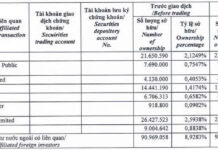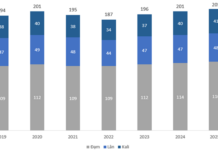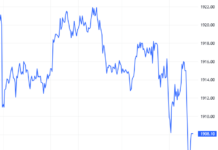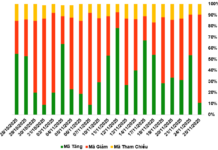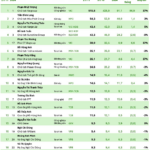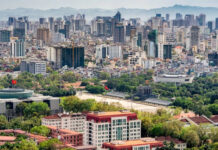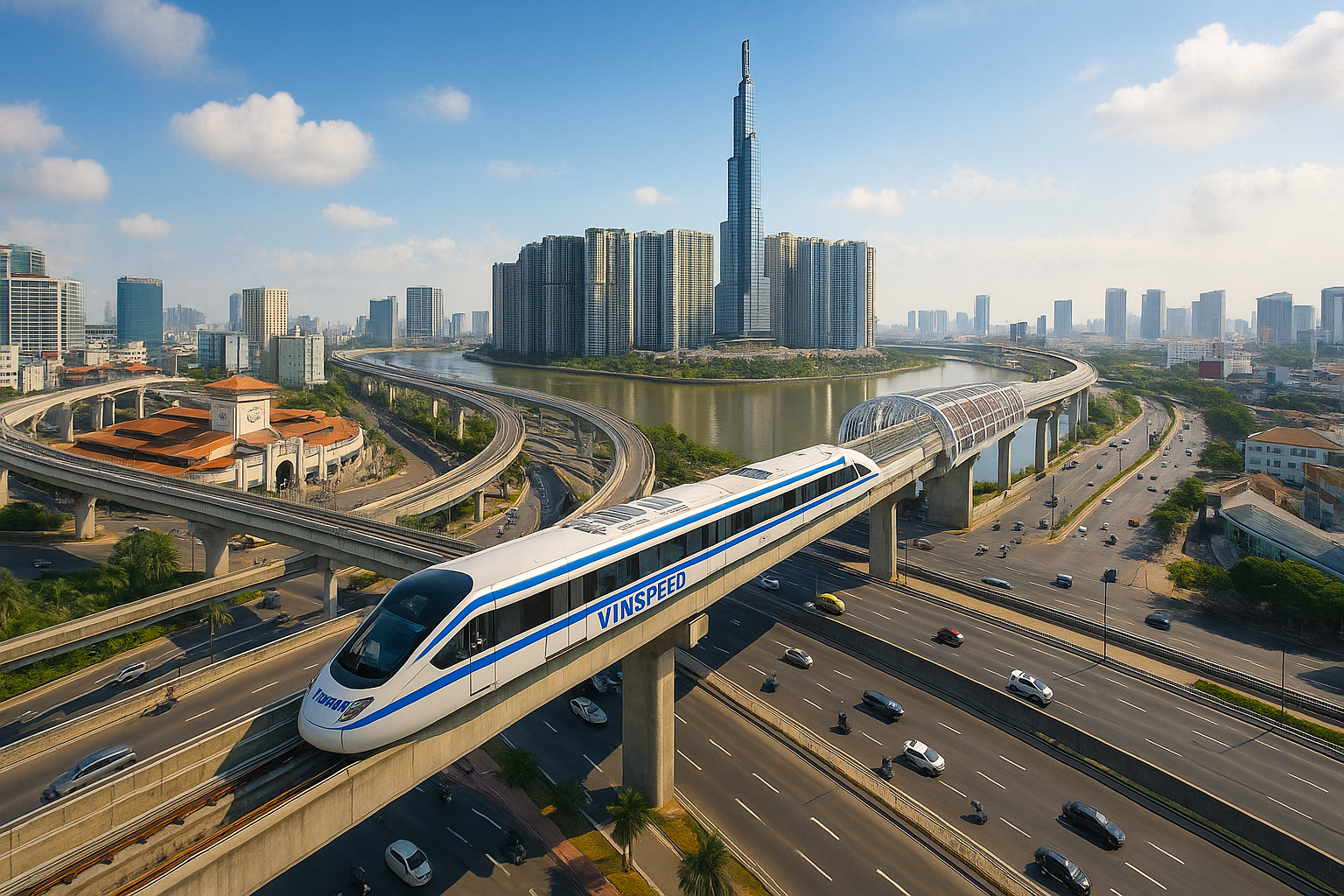
Amidst the nationwide infrastructure investment wave, VinSpeed’s (Vingroup) ambitious plan to complete 50km of high-speed rail in just 2–3 years has garnered significant attention. This is especially notable when compared to Vietnam’s previous metro projects, such as Bến Thành – Suối Tiên and Cát Linh – Hà Đông, which took decades to finish.
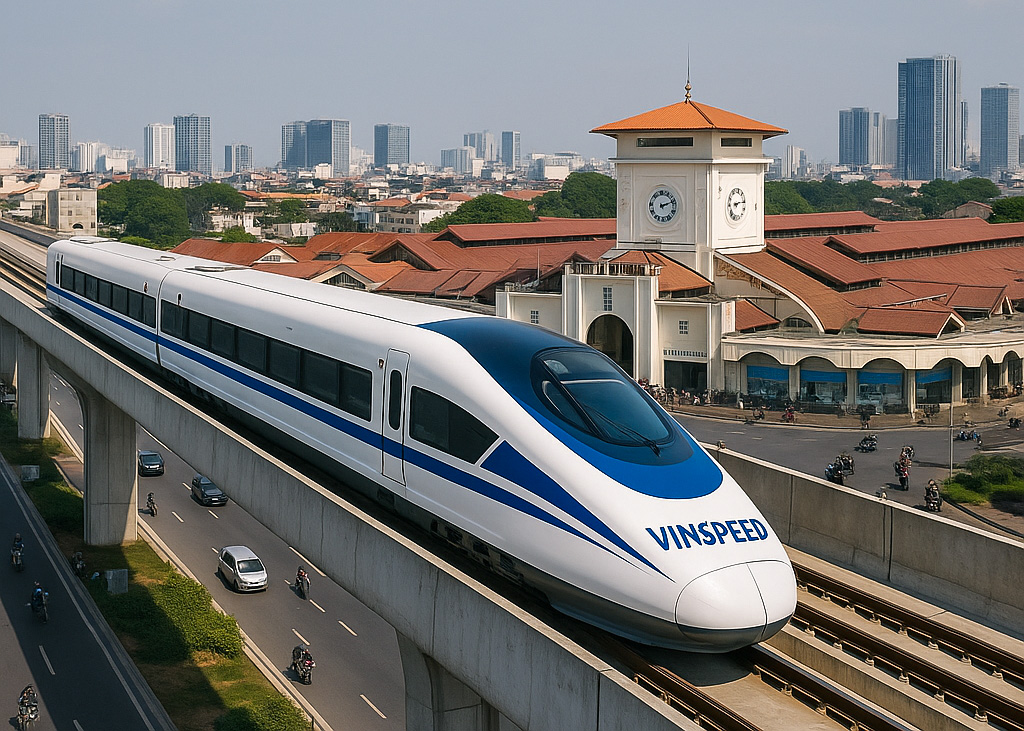
The proposed VinSpeed rail line spans nearly 53km, with a top speed of 350km/h. Phase 1 includes 2 stations and a total investment of over 85 trillion VND (85% financed through loans). The route primarily runs on elevated tracks, avoiding road intersections, which facilitates smoother construction.

According to the plan, VinSpeed will complete research by 2025, break ground in December, and commence operations by 2028. This means the construction, installation, and testing phase is expected to last 30–36 months, averaging 16–20 km/year. This timeline has drawn attention, as global standards vary widely based on construction criteria, terrain, and technical conditions.
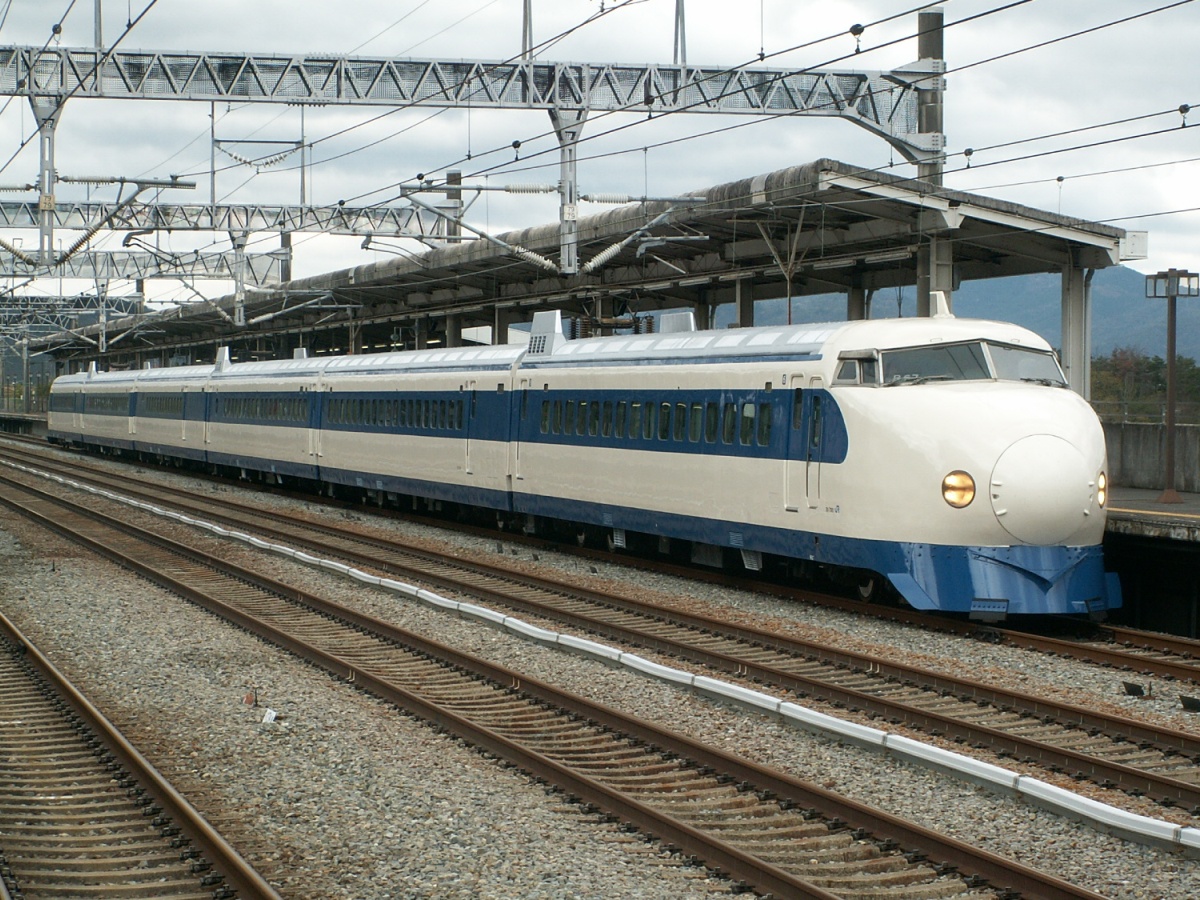
Japan, France, and China serve as key benchmarks for assessing VinSpeed’s feasibility. Japan’s Tokaido Shinkansen, the world’s first high-speed rail line (515 km), was completed in 5 years (1959–1964), a remarkable feat for the 1960s. Modern Shinkansen lines typically take 8–10 years, with infrastructure construction spanning 4–6 years for several hundred kilometers. For a 50km stretch, Japanese standards would require 2–4 years. Photo: Wikipedia
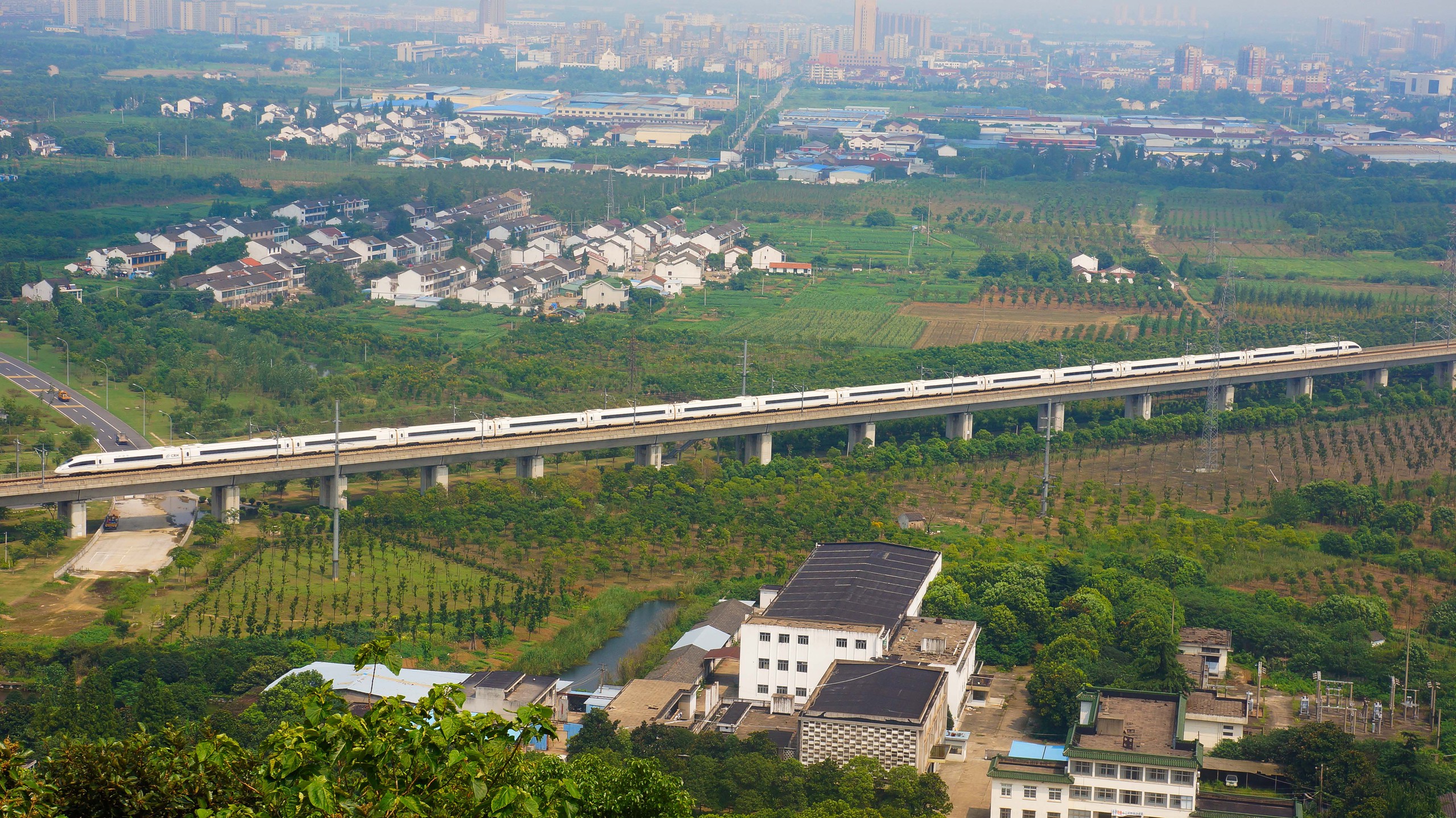
China boasts the world’s fastest construction rates. The Beijing–Shanghai line (1,318 km) was completed in 3 years (2008–2011), and the Wuhan–Guangzhou line (968 km) in 4 years (2005–2009). Many projects achieve 200–400 km/year, meaning 50km could be completed in months to a year under optimal conditions. Photo: Wikipedia
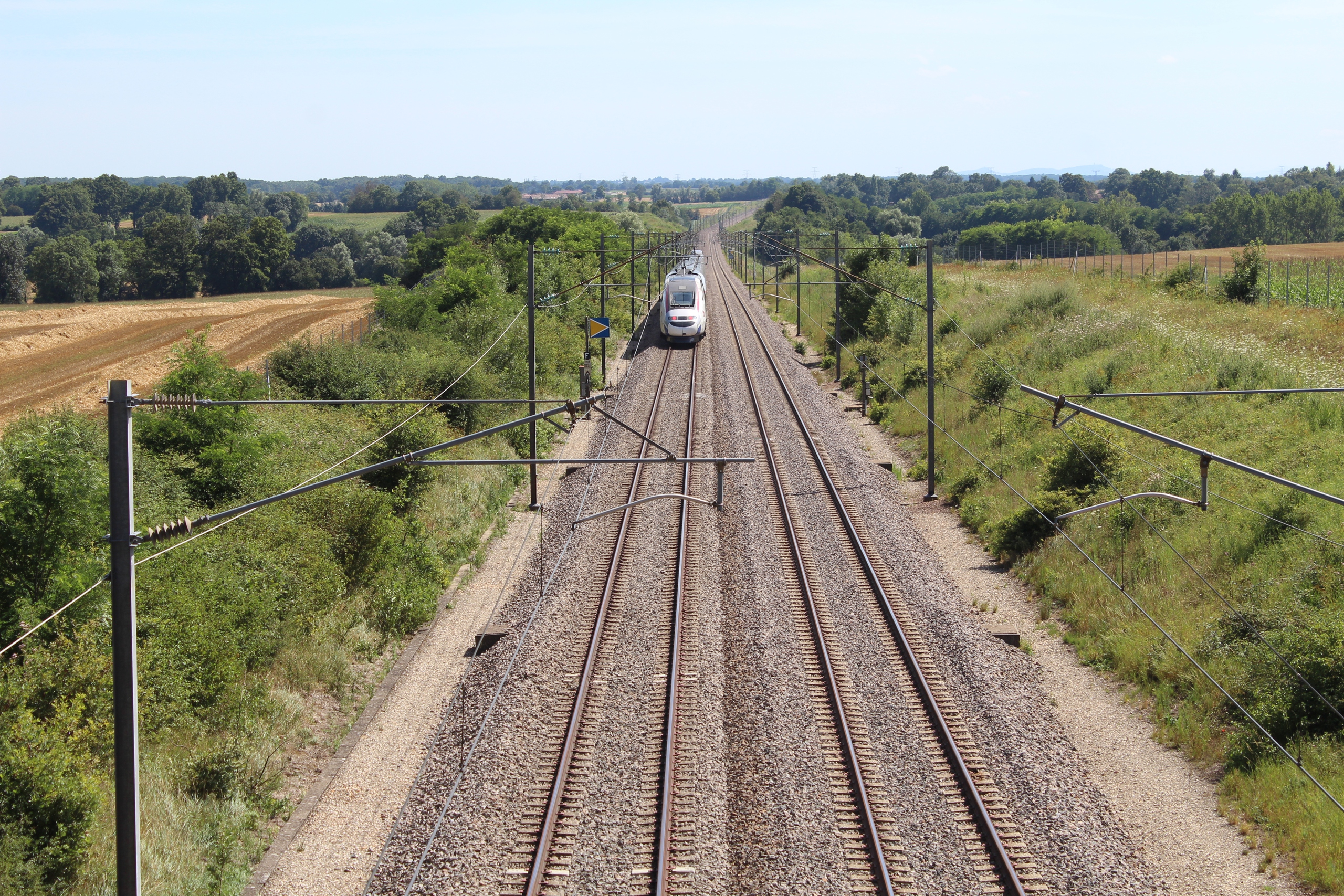
In France, the LGV Sud-Est (409 km) took 5 years (1976–1981). Smaller projects like Interconnexion Est (57km) and Perpignan–Barcelona (45km) took 6–8 years. Strict safety standards and rigorous approvals typically extend construction timelines for 50km projects to at least 5 years. Photo: Wikipedia
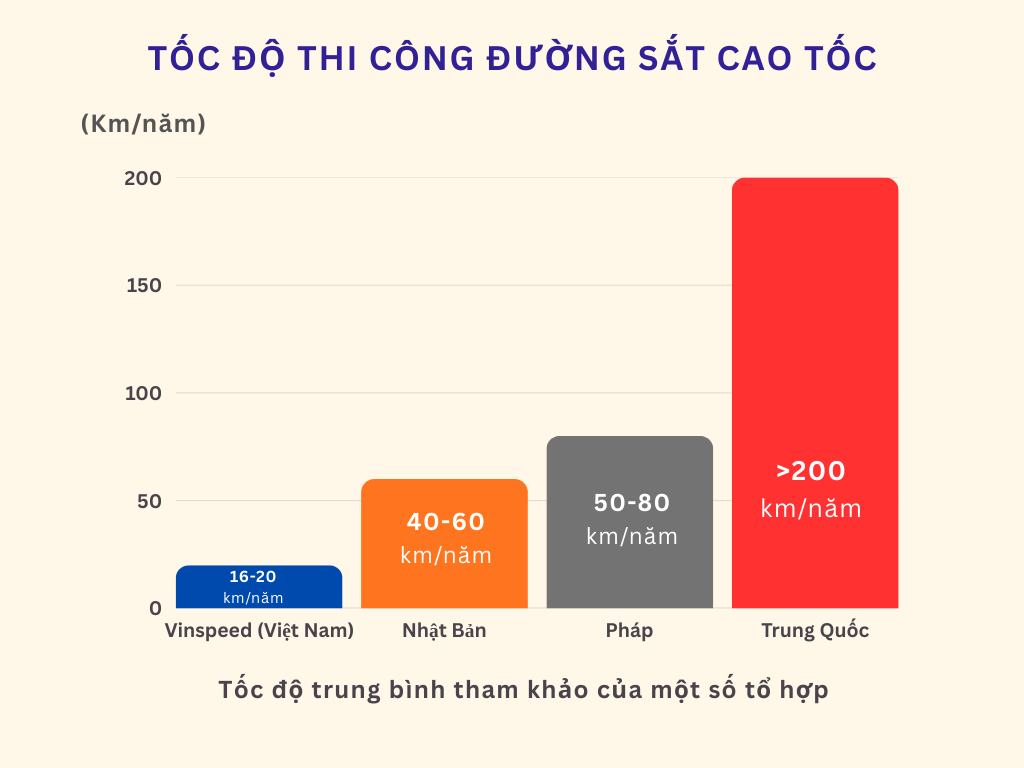
Overall, Japan and France average 40–80 km/year, while China reaches 200–400 km/year. VinSpeed’s target of 16–20 km/year is ambitious but not unattainable, especially for a short route with favorable terrain.
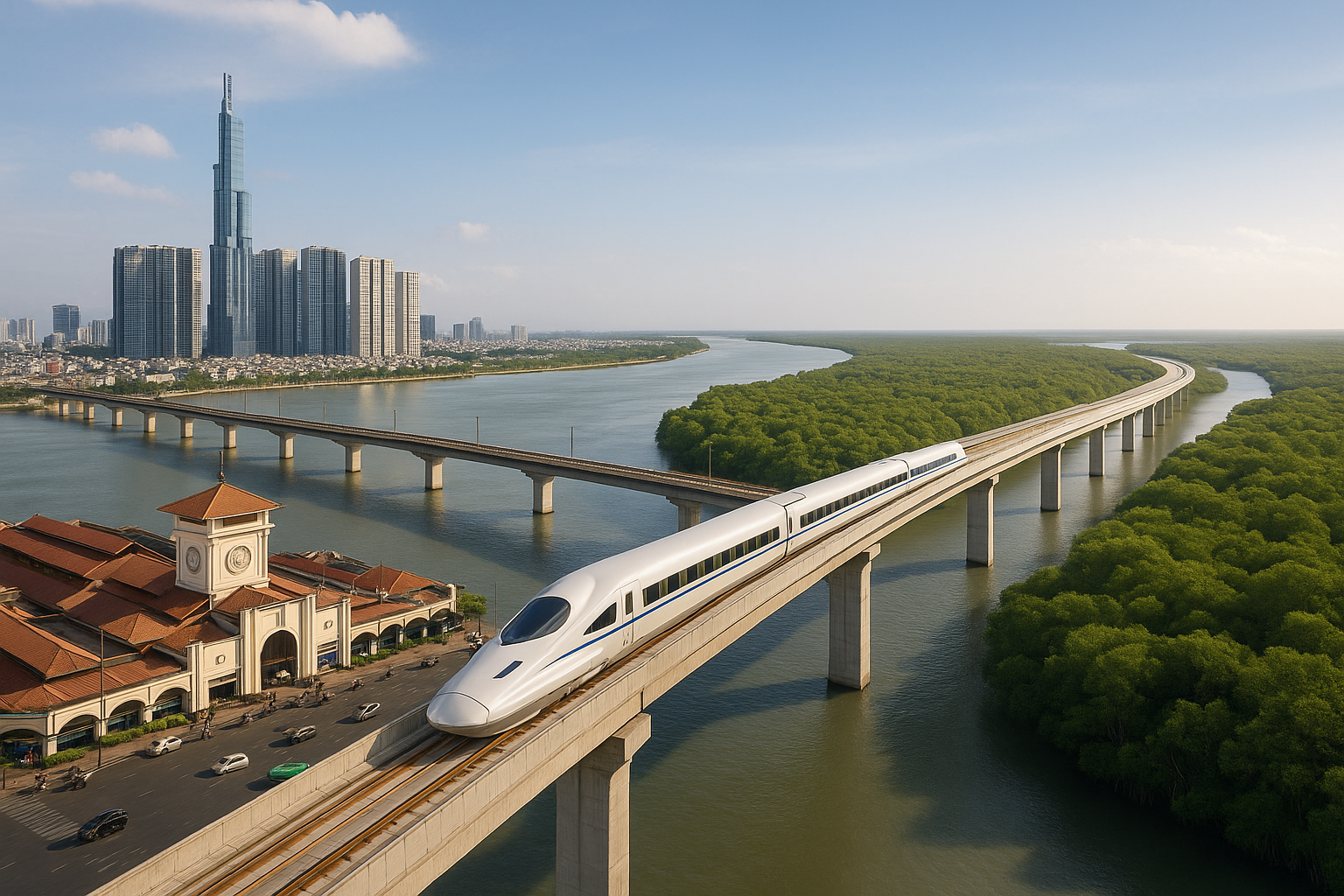
In terms of terrain, the Bến Thành – Cần Giờ route stretches from urban areas to mangrove forests with weak soil foundations. However, with fewer stations, no road intersections, and mostly elevated tracks, construction can proceed efficiently, unlike projects in densely populated urban areas.

While China accelerates projects through expansive land availability and unique mechanisms, Japan and France prioritize safety, extending timelines. If Vietnam swiftly addresses procedural bottlenecks, land acquisition, and technical standards, Vingroup’s 2–3 year timeline could become a realistic goal.
“Nguyễn Thị Phương Thảo Ranks Among Top 3 Wealthiest on Vietnam’s Stock Market, as Over Half of Billionaires See Assets Decline Since Month’s Start”
Mrs. Nguyen Thi Phuong Thao, Chairwoman of Vietjet Air, has soared to the 3rd position with a net worth of $1.8 billion, marking a $60 million (5%) increase from the beginning of the month. Previously, she consistently held the 4th spot on the list.
Pham Nhat Vuong Closes in on the Top 100 World Billionaires List
The Vingroup stock cluster continues to soar to new heights, propelling the VN-Index upward despite intense market polarization. In a single day, Pham Nhat Vuong’s wealth surged by $784 million, edging him closer to joining the ranks of the world’s 100 wealthiest individuals.

















